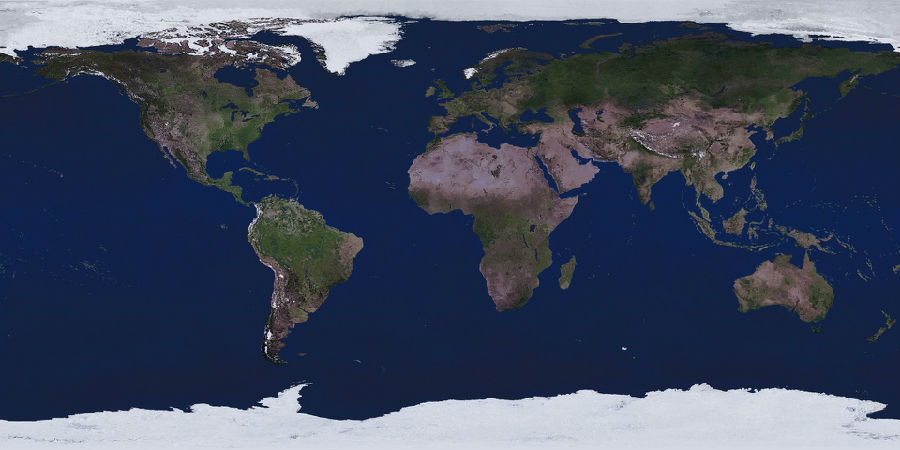No one can say what causes the oceans' chemistry to change so dramatically from time to time, but the opening and shutting of ocean ridges would be an obvious possible culprit.
谁也说不清什么原因导致了海洋化学成分不时发生戏剧性的变化。但是,海脊的张开和合拢显然可能是个原因。
At all events, plate tectonics not only explained the surface dynamics of the Earth—how an ancient Hipparion got from France to Florida, for example—but also many of its internal actions. Earthquakes, the formation of island chains, the carbon cycle, the locations of mountains, the coming of ice ages, the origins of life itself—there was hardly a matter that wasn't directly influenced by this remarkable new theory. Geologists, as McPhee has noted, found themselves in the giddying position that "the whole earth suddenly made sense."
无论如何,板块构造学不仅解释了地球的表面动力学──比如,古代三趾马是怎么从法国跑到了佛罗里达,而且还解释了它的许多内部活动。地震、群岛的形成、碳循环、山脉的位置、冰期的到来、生命本身的起源──几乎没有一样不是受这种了不起的新理论的直接影响的。麦克菲指出,地质学家们觉得眼花缭乱,“整个地球突然之间都说得通了”。

But only up to a point. The distribution of continents in former times is much less neatly resolved than most people outside geophysics think. Although textbooks give confident-looking representations of ancient landmasses with names like Laurasia, Gondwana, Rodinia, and Pangaea, these are sometimes based on conclusions that don't altogether hold up. As George Gaylord Simpson observes in Fossils and the History of Life, species of plants and animals from the ancient world have a habit of appearing inconveniently where they shouldn't and failing to be where they ought.
但是,只是在某种程度上。以往年代的大陆分布并不像大多数非地球物理学界人士认为的那样已经得到很好解决。虽然教科书上好像很有把握地列出了古代的陆块,什么劳拉古陆呀,冈瓦纳大陆呀,罗迪尼亚大陆呀,泛大陆呀,但它们有时候是以不完全能成立的结论为基础的。乔治·盖洛德·辛普森在《化石与生命史》中指出,古代世界的许多种动植物出现在不该出现的地方,而却没有出现在该出现的地方。













